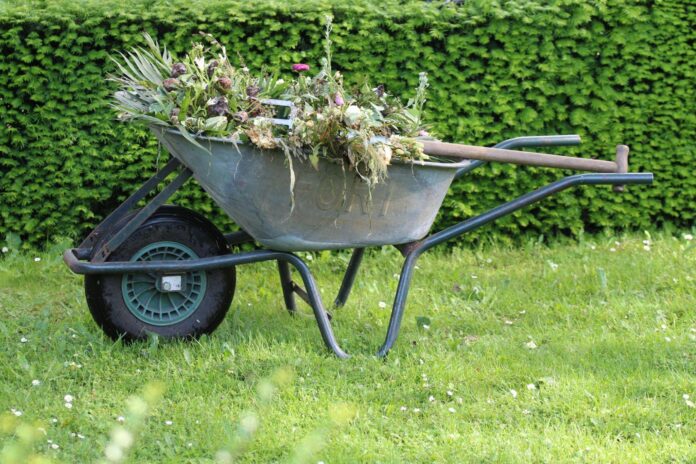British gardeners have been offered expert tips for protecting their outdoor plants and flowers from the sun’s harsh rays this summer.
Plant experts from online garden centre GardeningExpress.co.uk have urged gardeners to use shade cloth and mulching to keep their flowers and shrubs green and healthy even in the warmest weather.
Protecting plants from sunburn is essential to maintain their health and vitality through the summer months. This is because sunburn can cause leaves to become discoloured, scorched, and wilted, which affects the plant’s ability to photosynthesize effectively.
This damage makes plants more susceptible to stress and disease, as damaged tissue can become entry points for pathogens.
For ornamental plants and flowers, sunburn also ruins their aesthetic value, which affects the overall appeal of your precious garden.
Fortunately, there are steps that green-fingered Brits can take to protect their plants from the scorching rays this summer.
Chris Bonnett from GardeningExpress.co.uk said: “Keeping your plants safe from sunburn is really important for their health and growth. When plants get too much sun, their leaves can get scorched, turn brown or white, and become crispy or wilted.
“This sun damage also messes up their ability to make energy through photosynthesis, making them weaker and more prone to diseases and pests, and this means fewer beautiful blooms.
“To spot sunburn, look for leaves with brown, dry, or bleached spots, especially on the side that faces the sun. If you see wilting despite regular watering or crispy edges, your plant might be sunburned. When you notice these signs, try giving your plants some shade with cloths, reflective materials, or by moving them to a less sunny spot.
“Keeping an eye on your plants and acting quickly can help them stay healthy and thriving, even in the hottest weather.”
Here are nine tips for protecting plants from sunburn this summer:
- Shade cloth
Shade cloth is a fabric designed to filter sunlight and reduce the light intensity reaching plants. It can be draped over plants, attached to frames, or used to create temporary shelters. They’re often available in varying percentages of shade (e.g. 30%, 50%, 70%) to provide the appropriate protection based on the plant’s needs.
- Mulching
Applying a layer of mulch around the base of plants helps retain soil moisture, regulate soil temperature, and reduce heat stress. Organic materials like straw, wood chips, or compost are ideal for mulching, creating a cooler and more stable environment for the plants.
- Proper watering
Ensuring plants receive adequate water, especially during the hottest parts of the day, is crucial. Deep but infrequent watering encourages deep root growth, and watering in the early morning or late evening minimises evaporation, keeping plants hydrated and better equipped to handle heat stress.
- Plant placement
Choosing the right location for your plants based on their sunlight needs is essential. Place shade-loving plants in naturally shaded areas and sun-loving plants where they can get adequate light without being scorched.
- Reflective materials
Using reflective materials can help reduce sunlight intensity. Reflective mulch, like aluminium foil or white plastic, placed around plants can lower the surrounding temperature and minimise sun exposure, protecting the plants from overheating.
- Foliage protection
Providing physical barriers, such as garden umbrellas, shade sails, or large patio furniture, can offer immediate and adjustable shade. These barriers protect plant leaves from direct sunlight, helping to prevent sunburn effectively.
- Soil amendments
Improving soil health with organic matter enhances its structure and water-holding capacity. Healthy soil supports stronger plants that are more resilient to sunburn, making it a key strategy for heat protection.
- Grouping plants
Planting in clusters can create a more humid and cooler microclimate. Grouping plants with similar water and light needs together provides mutual shade and reduces overall temperature, fostering a supportive growing environment.
- Regular monitoring
Keeping a close eye on plant health and sun exposure is vital. By regularly checking for signs of sunburn, such as discoloured or wilted leaves, and adjusting protective measures as needed, you can quickly intervene to prevent further damage, ensuring the plants remain healthy.
Help keep news FREE for our readers
Supporting your local community newspaper/online news outlet is crucial now more than ever. If you believe in independent journalism, then consider making a valuable contribution by making a one-time or monthly donation. We operate in rural areas where providing unbiased news can be challenging. Read More About Supporting The West Wales Chronicle

























